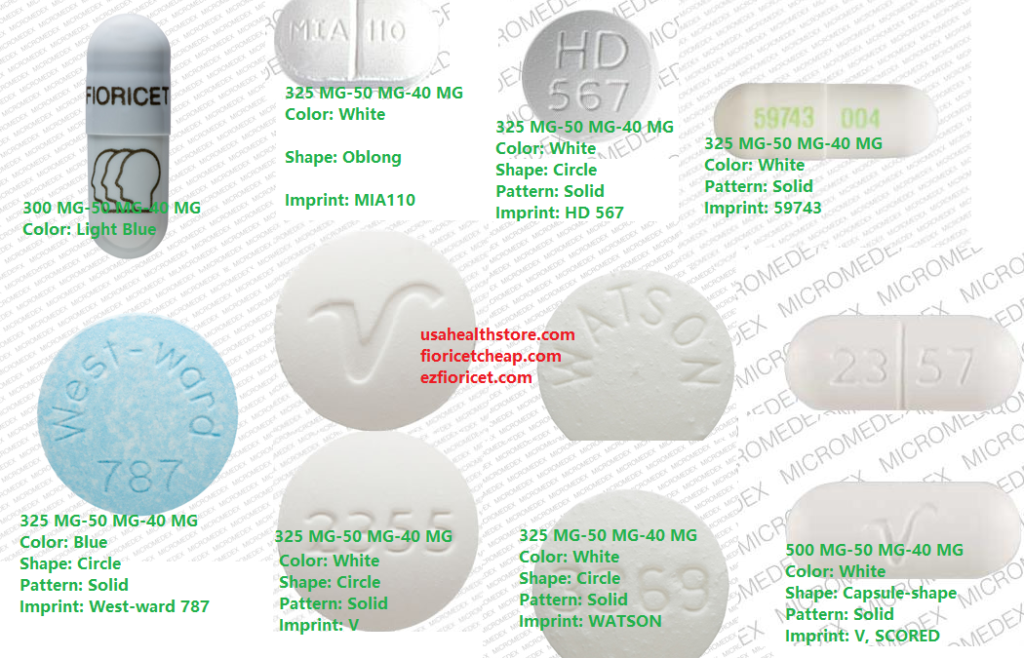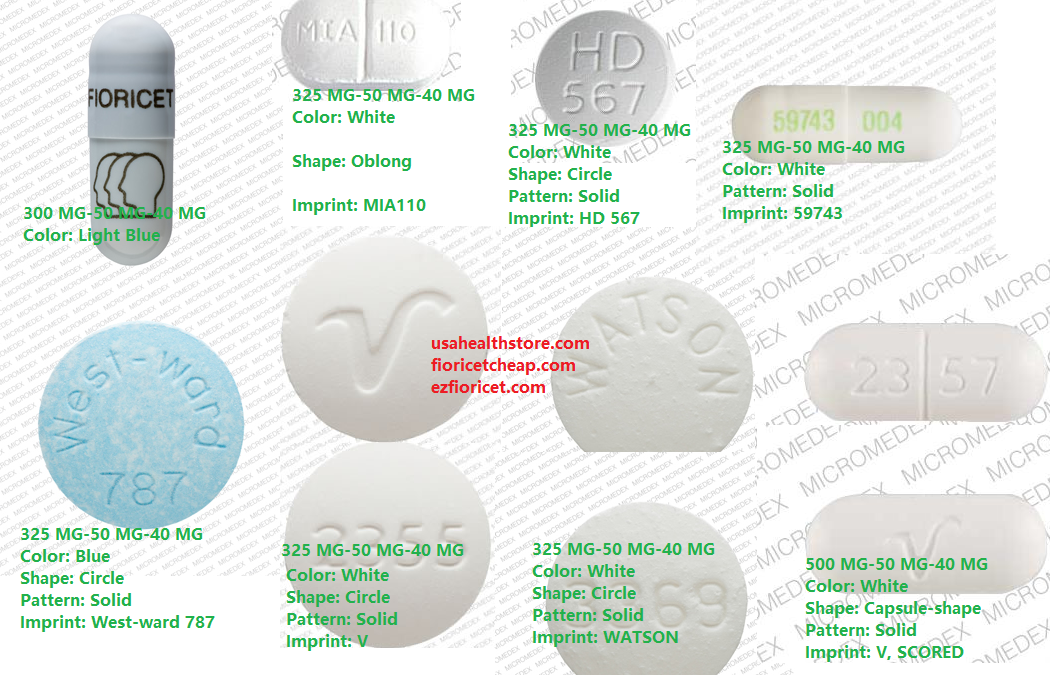Many headache sufferers have already utilized various relief measures and treatments, such as heat and ice, and use them at home. The most effective treatment for the chronic headache patient is to find the underlying structural cause or contributor to their illness and focus treatment on this area. When a physical therapist can get at the root of a problem, such as poor mobility in a joint or muscle spasm or postural dysfunction, and address that problem, the results can be longer lasting. The patient may need to perform a few exercises in order to maintain the improvement.
Pain decreases and life becomes easier. Daily activities are not so difficult. Range of motion is restored. Physical activity and exercise can be resumed without increasing pain. However, the most successful result is when a patient feels that success has been achieved and established goals have been met. The initial PT evaluation becomes a part of the overall multidisciplinary approach utilized by the patient’s treatment team.
The initial evaluation, assessment, and treatment recommendation are then forwarded to physical therapist. Preferably, the patient is seen back at physical therapist to assess their progress and to provide further recommendations after they have been in physical therapy for a while. even though your All kinds of Headache are being caused by muscle tension, physical therapy may be prescribed to address specific muscular issues. Treatment protocols vary, but expect regular treatments for a few weeks at a time, with adjustments made depending upon your improvement.
Lifestyle Changes
Since stress and other issues in our daily lives trigger All kinds of Headache, learning to manage these issues is an effective strategy in treating All kinds of Headache. Learning to relax and relieve stress is an important first step. Many things can help, but learning to take time for yourself is one of the best things you can do to relieve stress. Exercise will not only help reduce stress, but exercise also causes endorphin release, and endorphins are your body’s natural pain killers. Finding food and drinks that trigger All kinds of Headache, and then learning to avoid those, definitely help reduce the number of All kinds of Headache you experience. Tyramine is an amino acid present in many rich foods that is a known cause of All kinds of Headache. Trying to follow a low-tyramine diet may be beneficial.
Please ensure to involve your healthcare professional throughout the entire process. They can help choose the most effective treatment strategies while minimizing complications and side effects. You can consult the physician about visiting th e physical therapist. Anita Lendach has got experience in treating different types of head aches. Her clinic at Beverly hills. Los Angeles, California, is well equipped to provide headache treatment.
Neurontin is the trade name for the generic drug gabapentin. It is useful as an anti-epileptic drug and as an analgesic, particularly for pain of the neuropathic or neurogenic type. (pain from irritation or inflammation of nerves). When used for controlling epilepsy, it is usually used in conjunction with another anti-epileptic drug. It is used much more extensively in the medical field to treat pain than it is to treat epilepsy.
The chemical structure of gabapentin is related that of gamma-aminobutyric acid (GABA) which is a neurotransmitter in the brain. The exact mechanism as to how gabapentin controls epilepsy and relieves pain is unknown, but it probably acts like the neurotransmitter GABA.
Animal studies show that gabapentin prevents the development of allodynia (a normally non painful stimulus which is perceived as painful) and hyperalgesia (an exaggerated response to a painful stimulus).
Gabapentin can be very helpful in controlling the pain of trigeminal neuralgia (tic doloreaux), post herpetic neuralgia (the lingering pain after a bout of shingles), the pain of diabetic neuropathy and other neuritic pains such as pain from nerve irritation due spinal arthritis or disc disease and occipital neuralgia. Occasionally it seems to be helpful in controlling migraine and other headaches. It has also been reported to be helpful in controlling the pain of fibromyalgia.
International and domestic studies that have evaluated Neurontin for migraine prevention suggest that it is effective. In a study of 63 patients with migraine (with or without aura), gabapentin significantly reduced migraine frequency and intensity among 30 patients who received it. In this study, adverse events were mild to moderate in severity.

Similarly, in a large study, 143 people with migraine received daily doses of Neurontin or placebo for 12 weeks. At the end of 12 weeks, the migraine rate had declined from 4.2 migraines before treatment to 2.7 migraines after treatment in those who received this drug.
This decrease was significantly greater than the decrease from 4.1 migraines to 3.5 migraines among those who received placebo. Of the 56 gabapentin recipients, 46% had at least a 50% reduction in the four-week migraine rate. Drug-related adverse events (sleepiness and dizziness) led to drug withdrawal in 13% of patients in the gabapentin group compared with 7% in the placebo group. The researchers concluded that this medication is an effective and well-tolerated preventive for migraine.
Gabapentin is an effective prophylactic agent for patients with migraine. In addition, gabapentin appears generally well tolerated with mild to moderate somnolence and dizziness.


